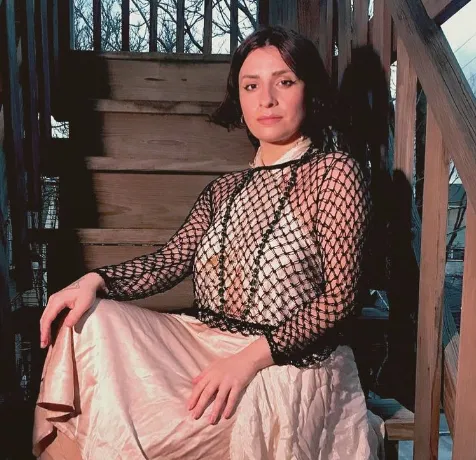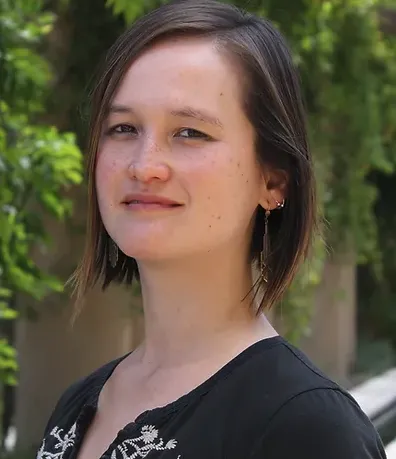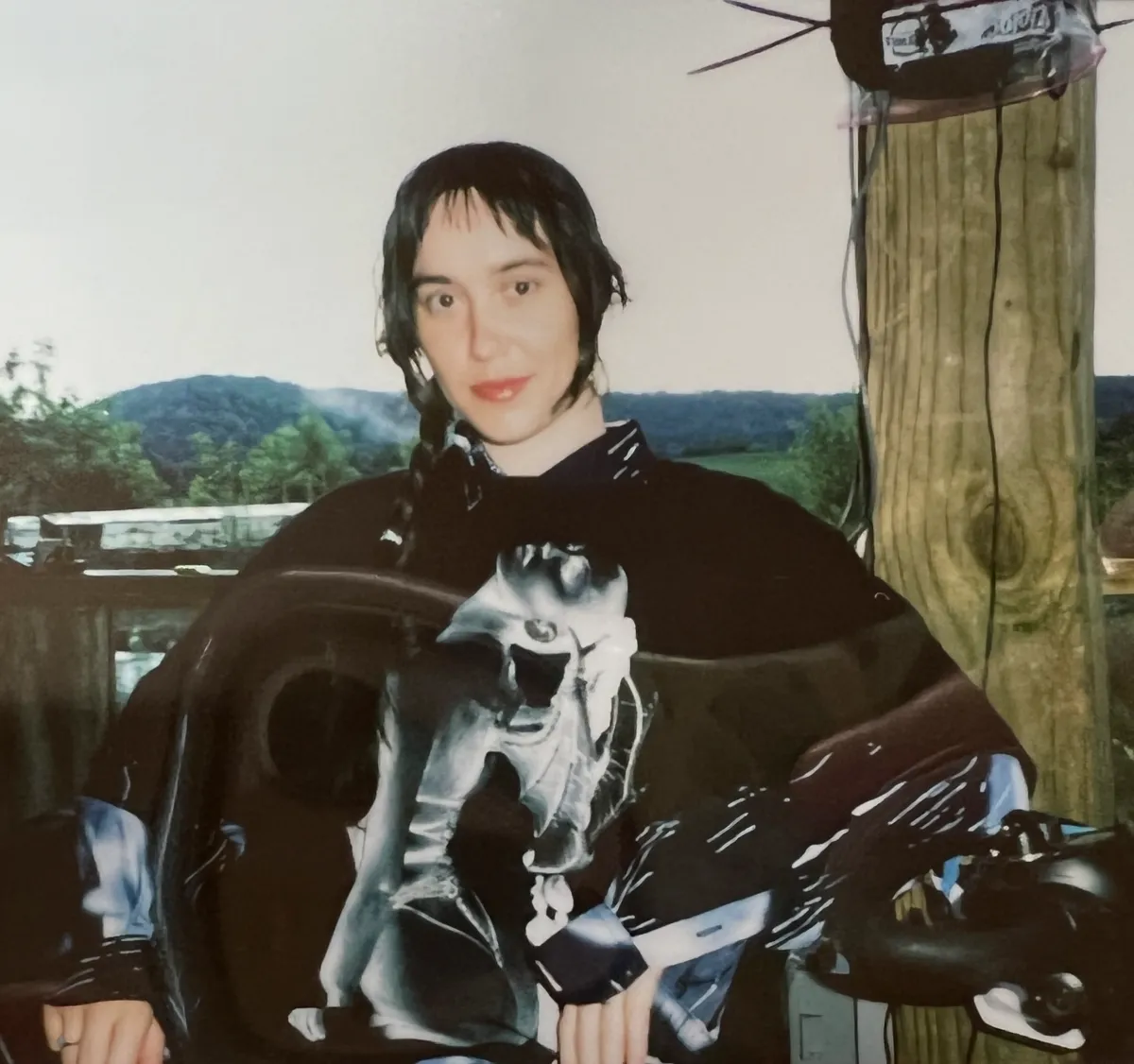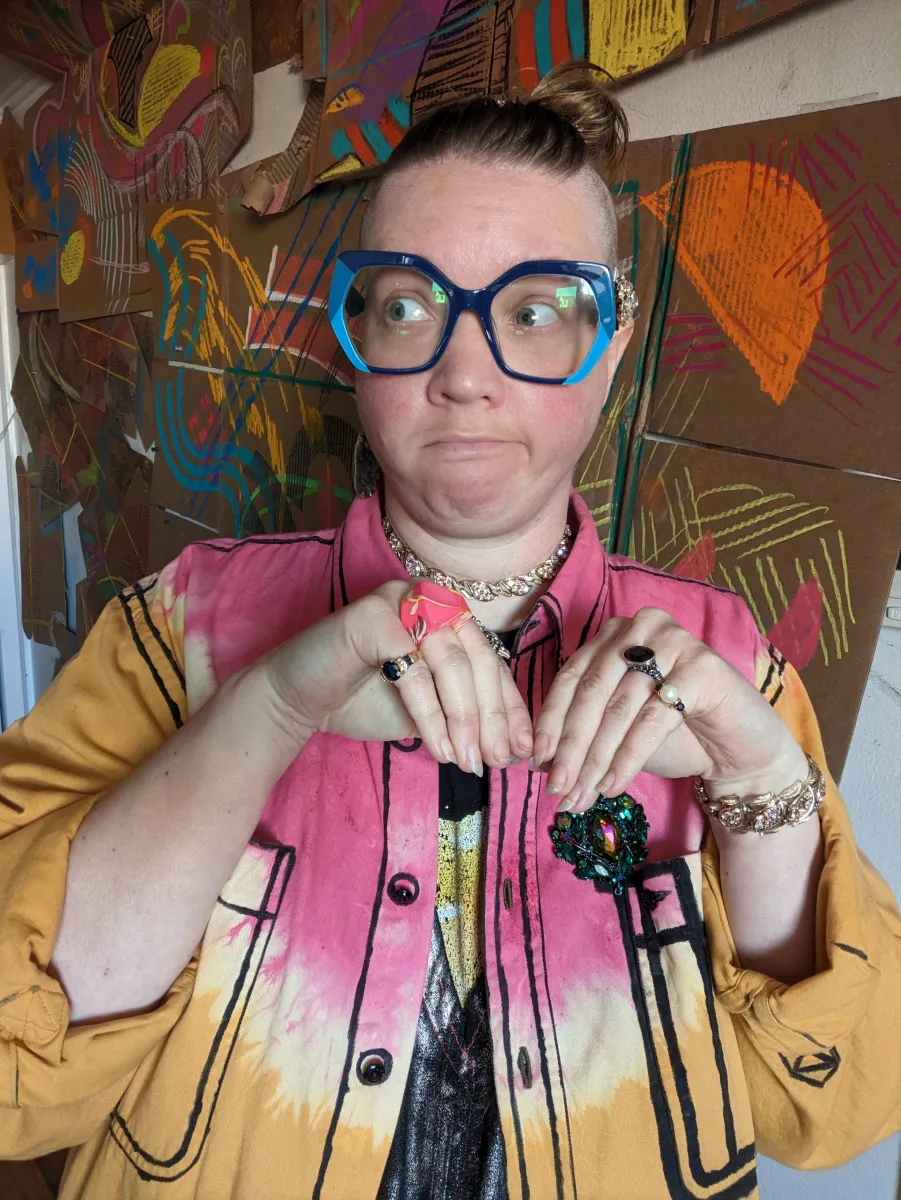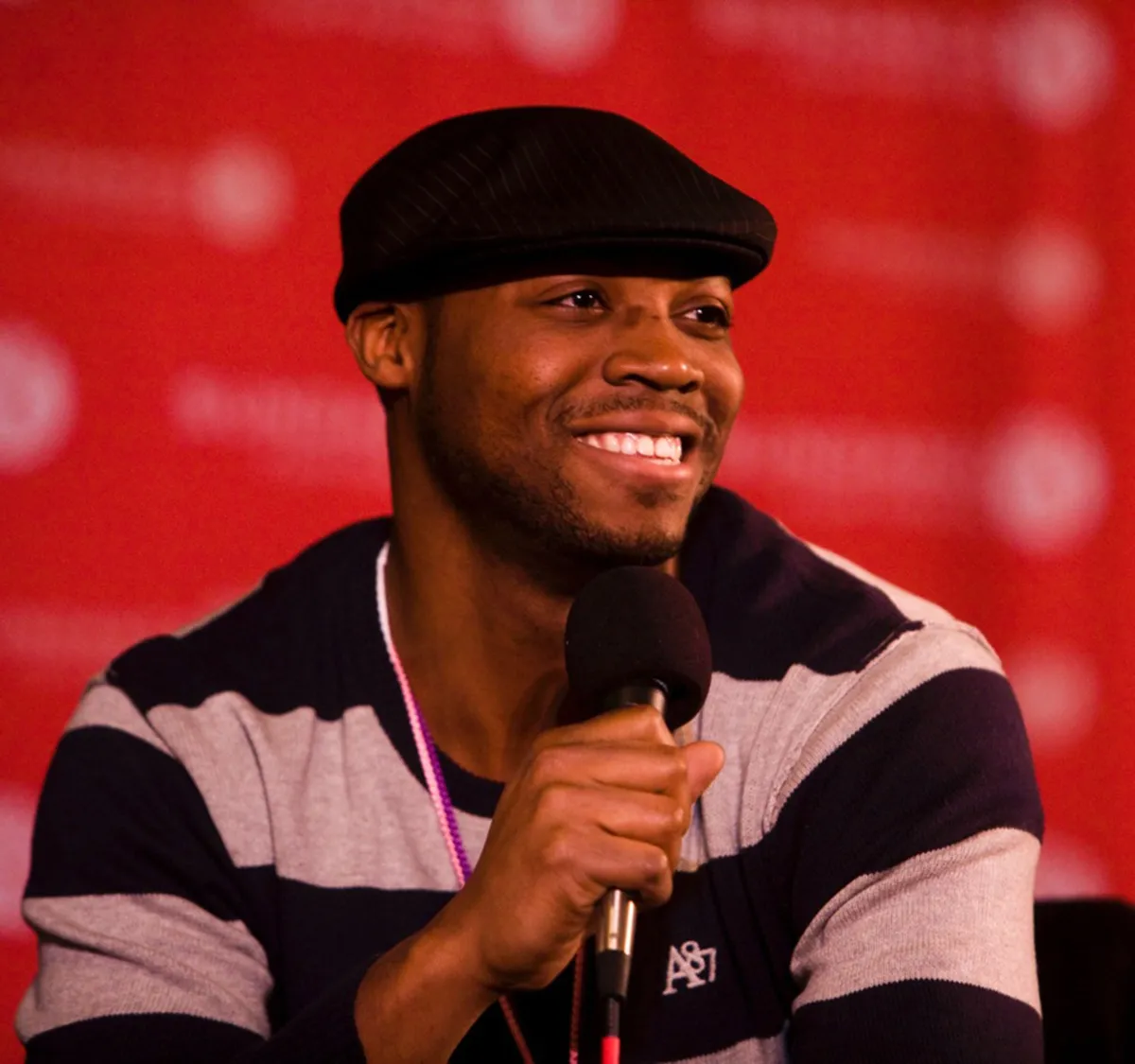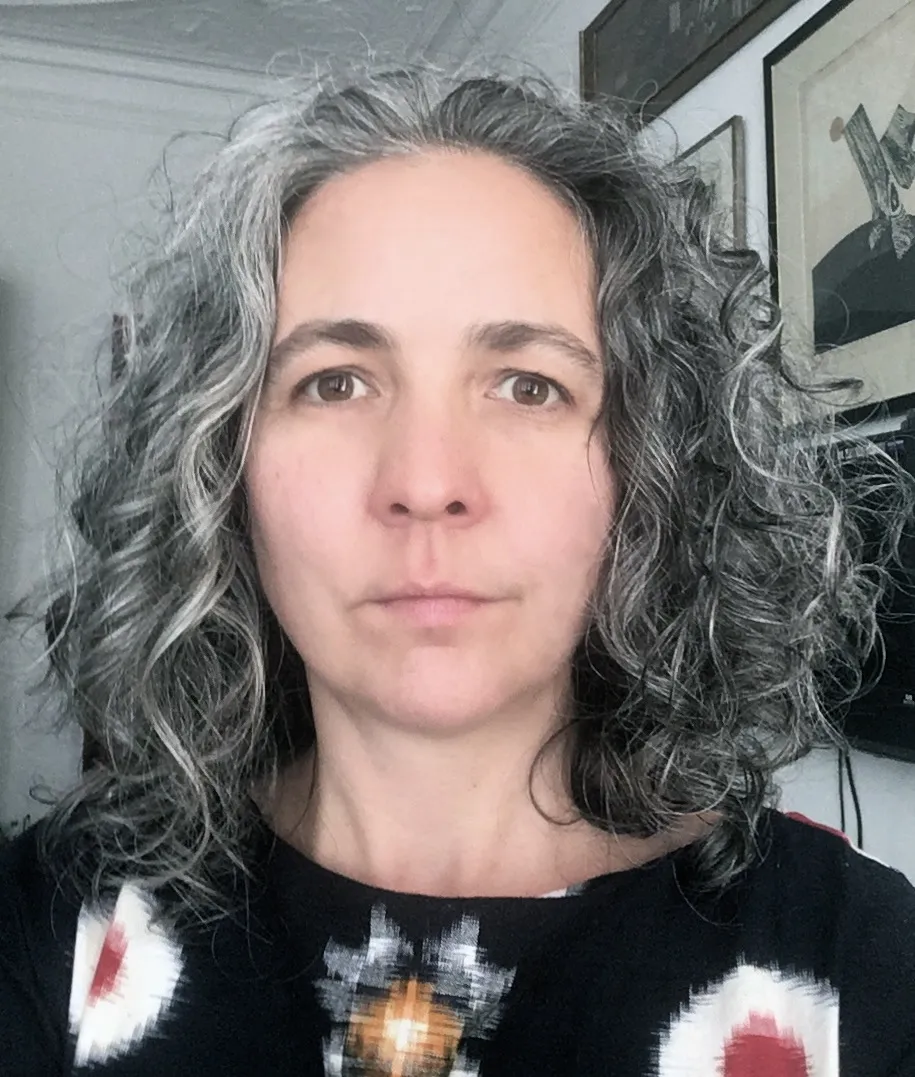-
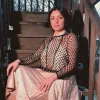 Cielo Saucedo, Moderator
Cielo Saucedo, Moderator -
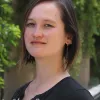 Vanessa Chang, Speaker
Vanessa Chang, Speaker -
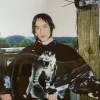 Nat Decker, Speaker
Nat Decker, Speaker -
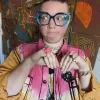 M Eifler, Speaker
M Eifler, Speaker -
 Sultan Sharrief, Speaker
Sultan Sharrief, Speaker -
 Joanna Wright, Speaker
Joanna Wright, Speaker
Immersive media vibrates embodiment. It allows the viewer to dissolve into dimensional narratives, making experiences and bodies pliable. The introduction of VR, AR, and interactive exhibitions into practice has given nonfiction media makers new tools to tell expanded narratives. In turn, these same tools, with their capacity to innovate, strengthen the need for accessible storytelling. The disabled community, in particular, calls for a radical restructuring of pre-existing frameworks, from inclusive asset libraries to cripped (accessible) workflows and haptics.
Presented by the Nonfiction Access Initiative, this panel centers on the disabled experience as a creative force central to mapping and expanding the field of immersive media. Contending with the virtual and practical infrastructure that brings it into our lives, leaders in the field of immersive accessibility come together to build a critical scaffolding around accessible, immersive storytelling.
The panel is part of the Nonfiction Access Initiative (NAI) to invite disabled immersive makers to fill out the Nonfiction Media Makers with Disabilities Survey. Panelists include Joanna Wright from Access and Disability Working Group at Co-Creation Studio at MIT Open Documentary Lab, Vanessa Chang from Leonardo/ISAST, Sultan Sharrief from The Quasar Lab, and disabled immersive artists; Nat Decker and M Eifler. Moderated by Nonfiction Access Initiative (NAI) Funds Program and Access Coordinator Cielo Saucedo. ASL and CART Captioning will be provided.
